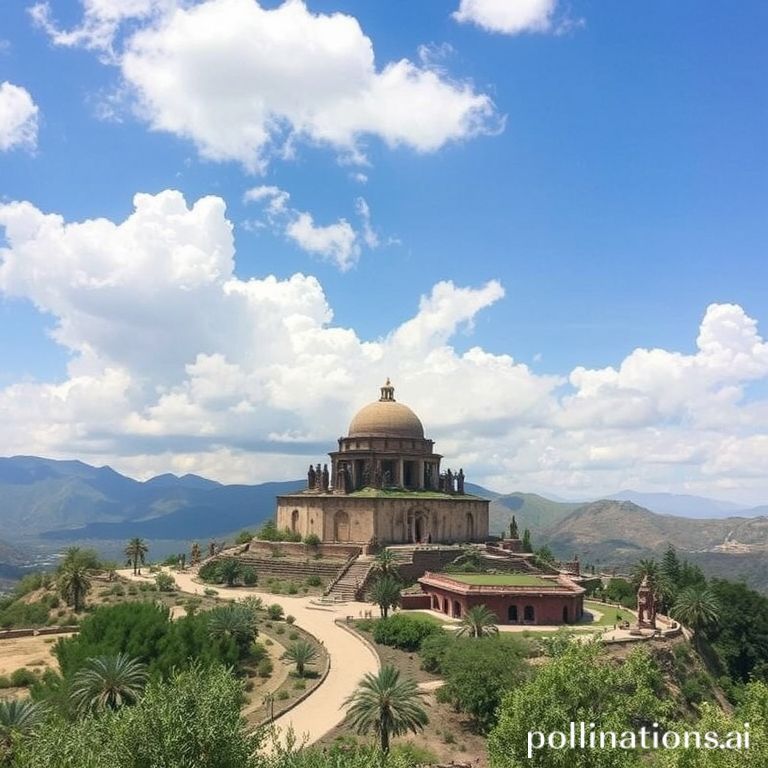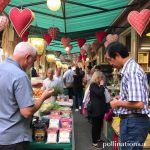Juan Rulfo, a giant of Mexican literature, is best known for his masterful use of magical realism, a genre that blends the everyday with the fantastical. His works, though few, have left an indelible mark on Latin American literature and continue to captivate readers worldwide. This guide delves into the core elements of Rulfo’s magical realism, providing insights into his most famous works and the cultural context that shaped his writing.
For those unfamiliar, magical realism isn’t just about including magical elements. It’s about presenting these elements as perfectly normal occurrences within an otherwise realistic setting. It’s a reflection of a world where the boundaries between reality and fantasy are blurred, reflecting the complex and often contradictory nature of human experience, particularly within the context of Latin American history and culture.
Understanding Magical Realism in Rulfo’s Works
Rulfo’s unique brand of magical realism is deeply rooted in the rural landscapes and harsh realities of post-revolutionary Mexico. His stories often explore themes of poverty, violence, and the lingering effects of historical trauma. However, these grim themes are interwoven with elements of folklore, myth, and the supernatural, creating a world where ghosts walk among the living and the past constantly intrudes upon the present.
Key Characteristics of Rulfo’s Magical Realism:
- Blurring of Reality and Dream: Rulfo seamlessly transitions between realistic depictions of rural life and dreamlike sequences, leaving the reader questioning the nature of reality.
- Incorporation of Myths and Folklore: Local legends, ghost stories, and ancient beliefs are integrated into the narrative, giving a sense of timelessness and cultural depth.
- Presence of Supernatural Elements: Ghosts, apparitions, and unexplained phenomena are treated as commonplace occurrences, reflecting the indigenous worldview where the spiritual and material realms are intertwined.
- Focus on the Marginalized: Rulfo’s stories often center on the lives of peasants, outcasts, and those forgotten by society, giving voice to the voiceless and exploring the human cost of social injustice.
Exploring Pedro Páramo: A Masterpiece of Magical Realism
Arguably Rulfo’s most famous work, Pedro Páramo, is a quintessential example of magical realism. The novel tells the story of Juan Preciado, who travels to the ghost town of Comala to find his father, Pedro Páramo. As Juan delves deeper into the town’s history, he discovers that Comala is haunted by the souls of its past inhabitants, all victims of Pedro Páramo’s tyranny.
The novel’s fragmented narrative, shifting perspectives, and constant intermingling of the living and the dead create a disorienting and dreamlike atmosphere. Voices from the past echo through the present, blurring the lines between memory and reality. The landscape itself becomes a character, reflecting the desolation and spiritual decay that permeate Comala.
The Significance of Place in Rulfo’s Magical Realism
The setting in Rulfo’s works is not merely a backdrop; it’s an integral part of the narrative. The desolate landscapes of rural Mexico, with their arid plains and crumbling villages, become metaphors for the social and spiritual decay that plague the country. These places are imbued with a sense of history, memory, and the lingering presence of the past.
How Place Shapes the Narrative:
- Reflection of Inner Turmoil: The harshness of the landscape mirrors the characters’ inner struggles and the difficult realities of their lives.
- Symbol of Historical Trauma: Abandoned buildings, overgrown fields, and forgotten graves serve as reminders of past violence and injustice.
- Connection to Ancestral Roots: The land is deeply connected to the characters’ cultural identity and their relationship to their ancestors.
Rulfo’s Influence on Latin American Literature
Juan Rulfo’s impact on Latin American literature is undeniable. His innovative use of magical realism paved the way for many subsequent writers, including Gabriel García Márquez, who acknowledged Rulfo as a major influence on his own work. Rulfo’s stories continue to resonate with readers because they offer a powerful and poignant portrayal of the human condition, exploring universal themes of love, loss, and the search for meaning in a world marked by suffering and injustice.
Conclusion
Juan Rulfo’s magical realism isn’t just about fantasy; it’s a lens through which we can understand the complexities of Mexican history, culture, and the human spirit. His evocative prose, unforgettable characters, and haunting landscapes create a world that is both familiar and surreal, inviting us to contemplate the mysteries of life and death and the enduring power of memory.
If you found this guide insightful, share it with fellow literature enthusiasts and explore other articles on Life in Mexico for more cultural deep dives!
IMAGE: A sepia-toned, slightly blurred image depicting a desolate Mexican landscape. In the foreground, a weathered adobe house stands silhouetted against a vast, arid plain under a hazy sky. Faint, translucent figures of people from a bygone era are subtly superimposed onto the landscape, suggesting the presence of ghosts or memories. The overall mood is melancholic and dreamlike, capturing the essence of magical realism. The style is reminiscent of classic Mexican photography.


